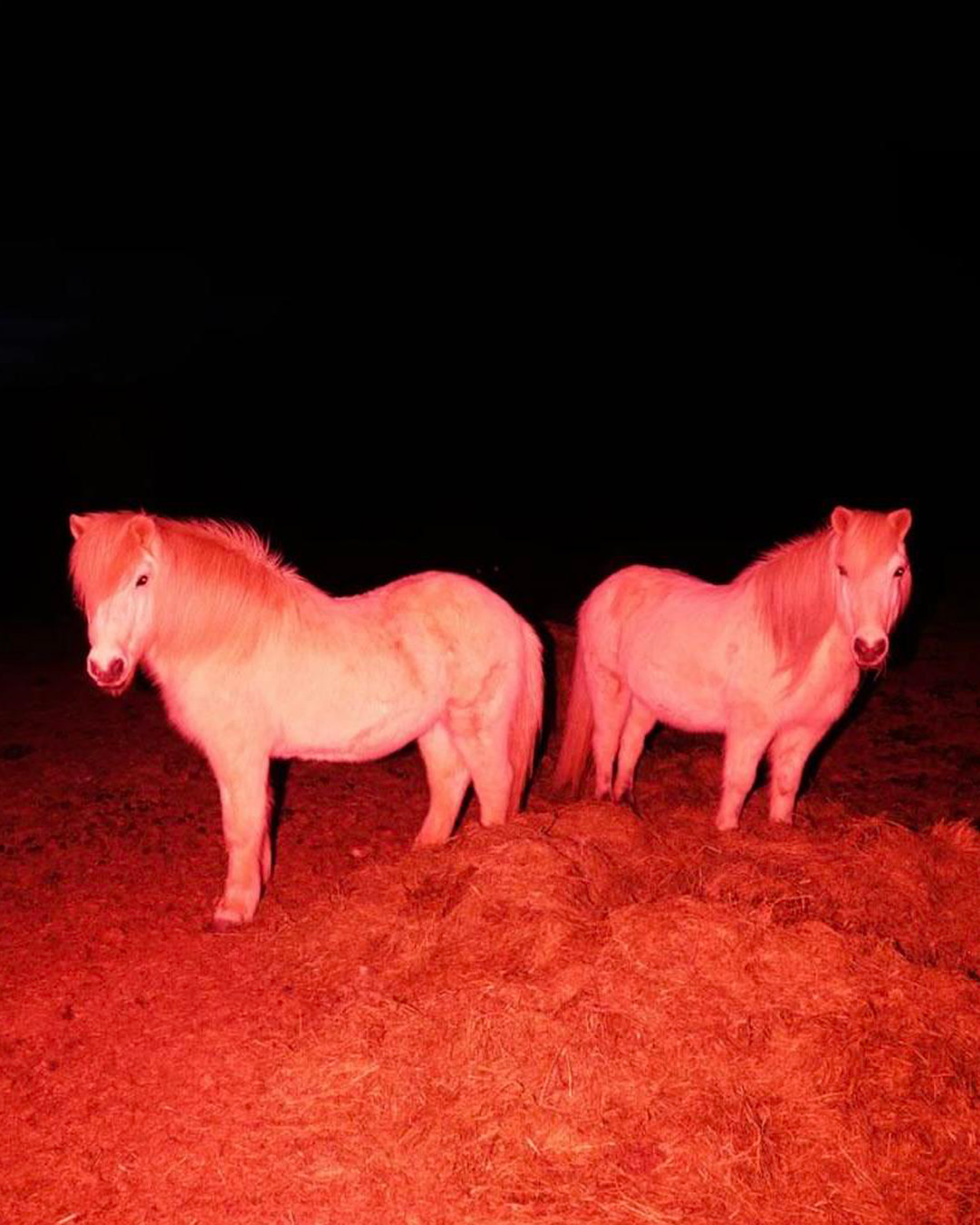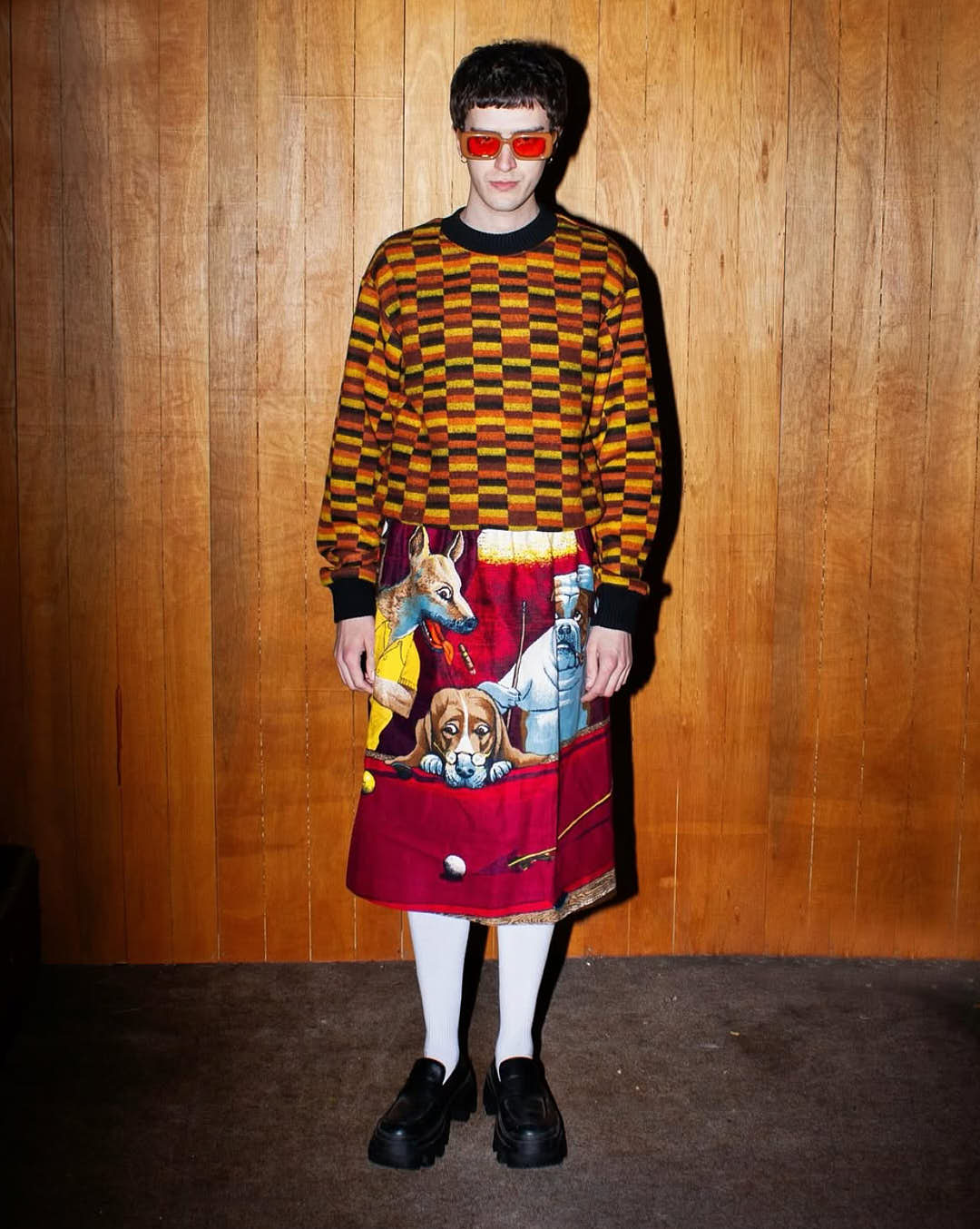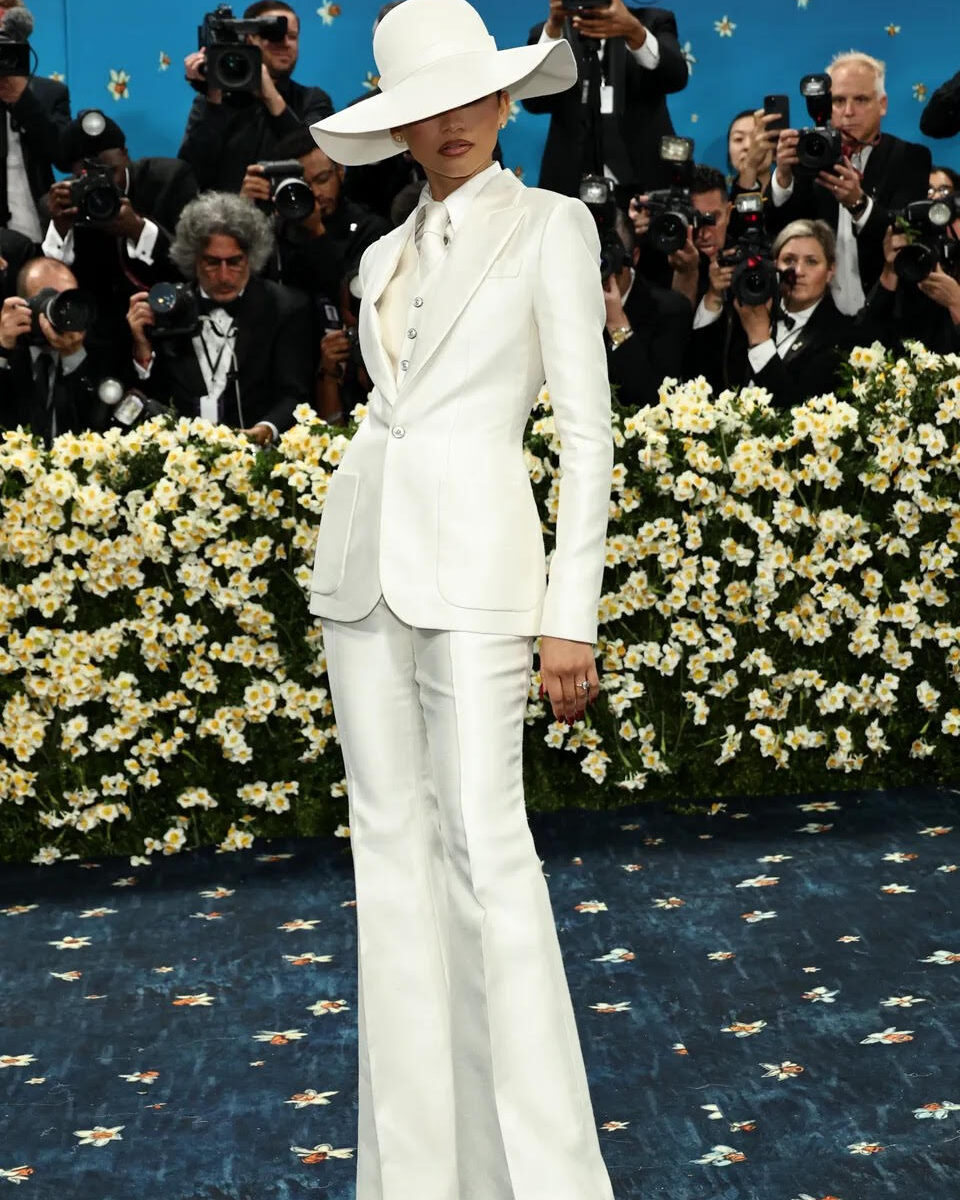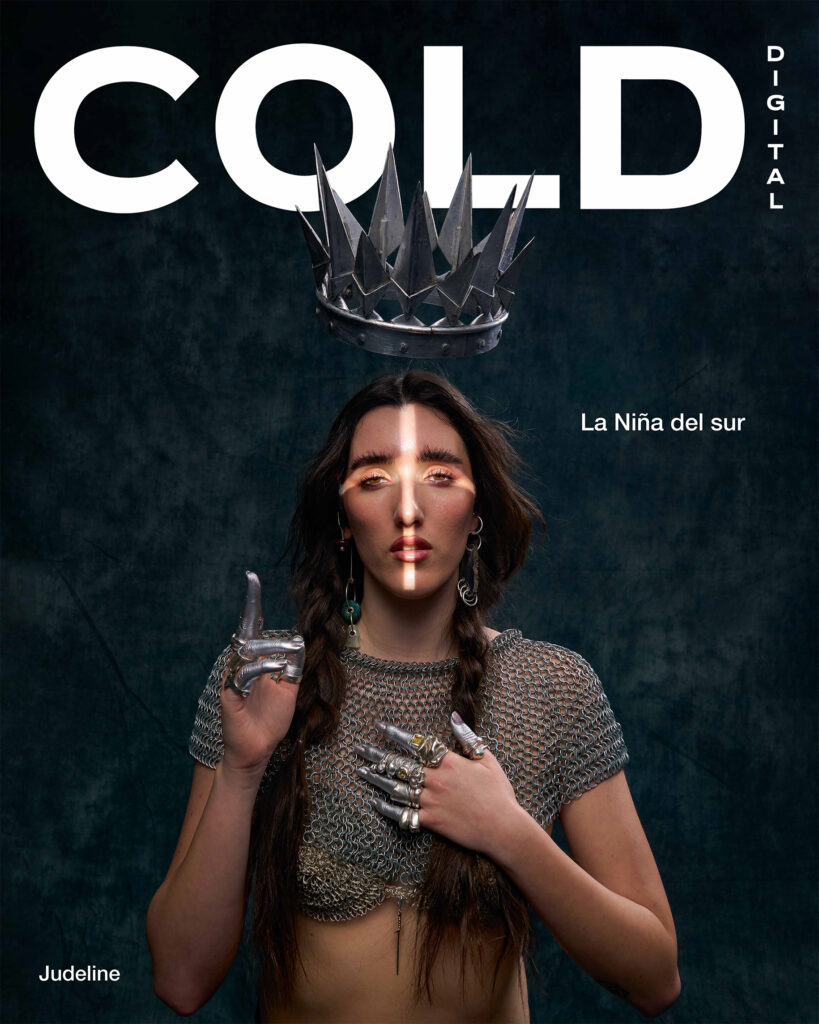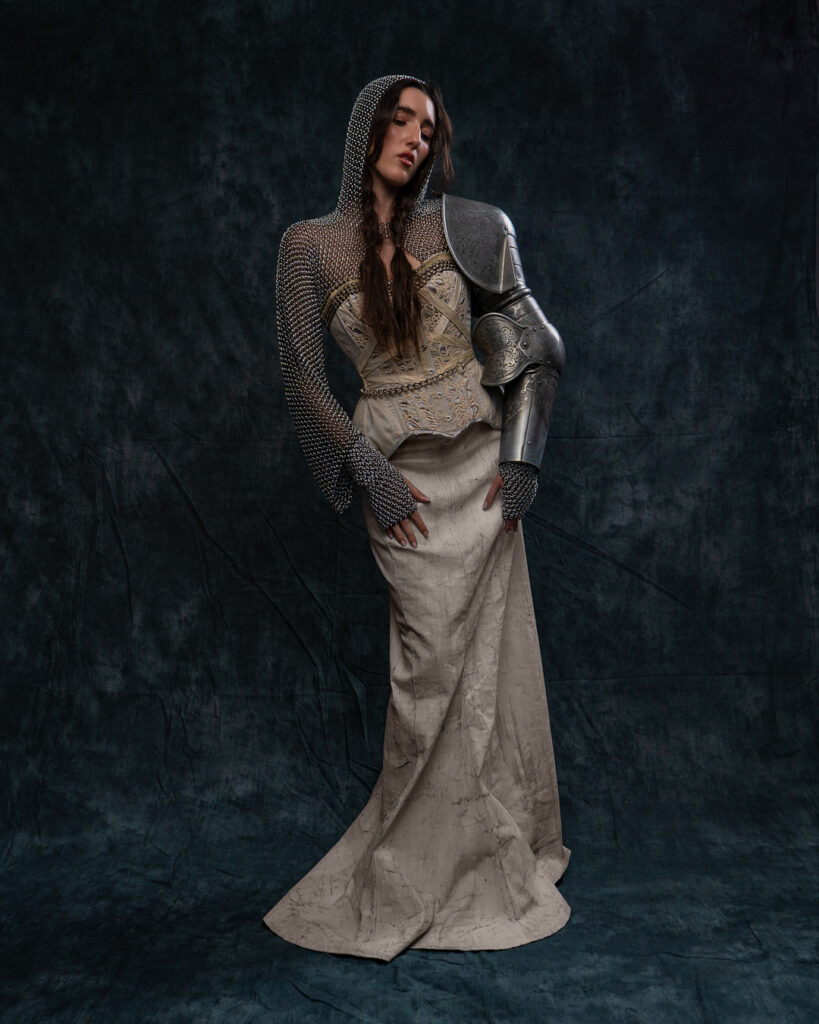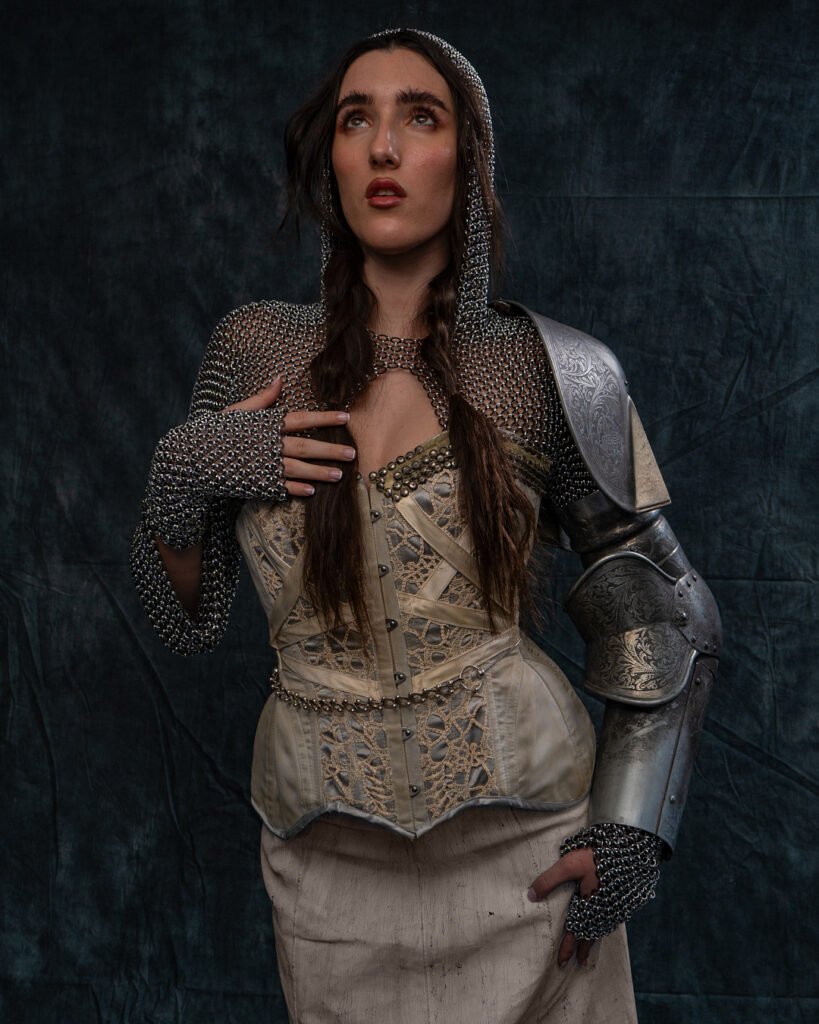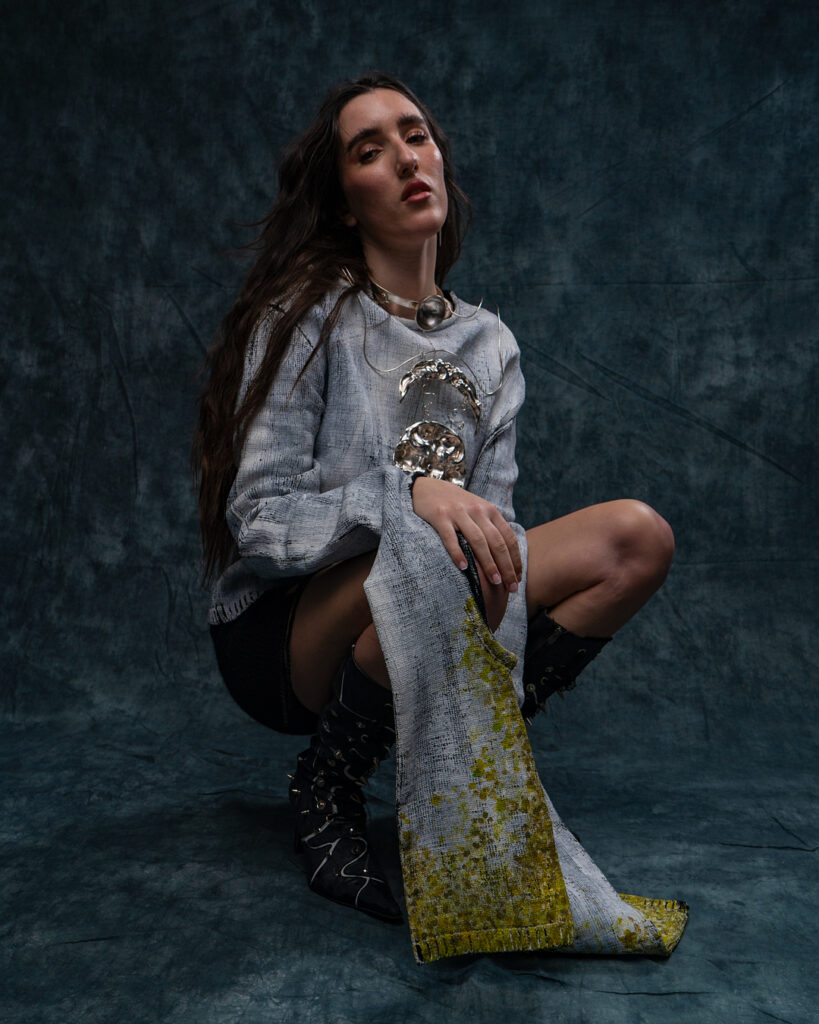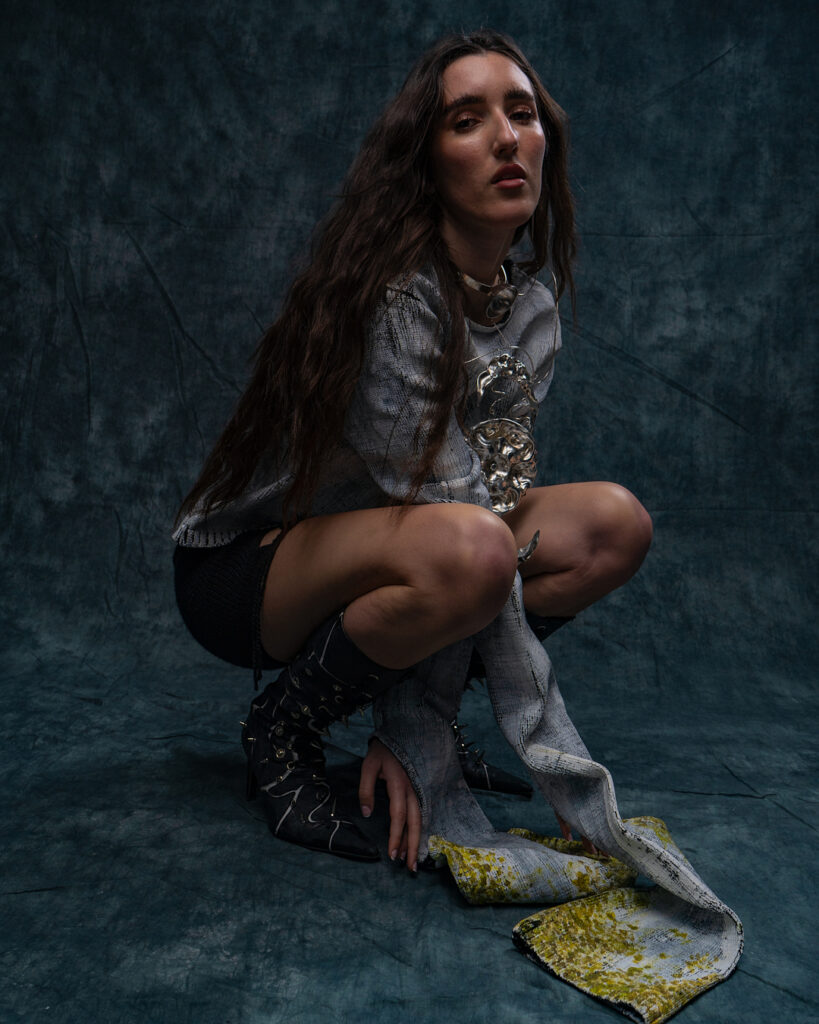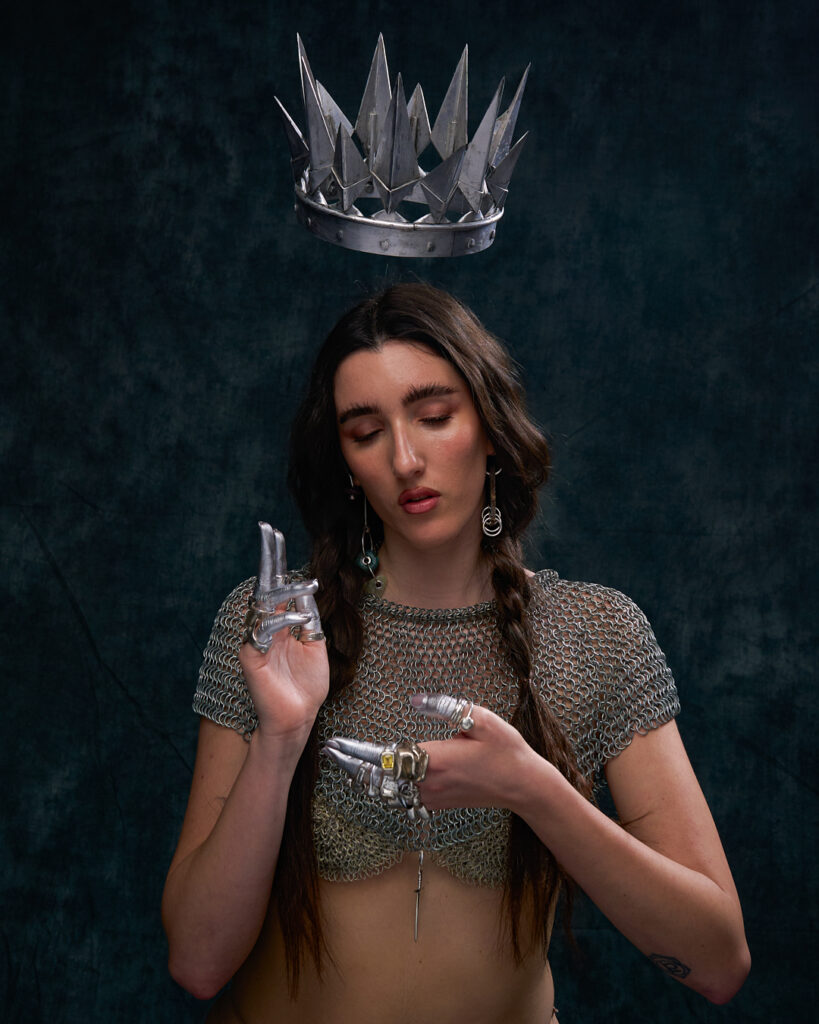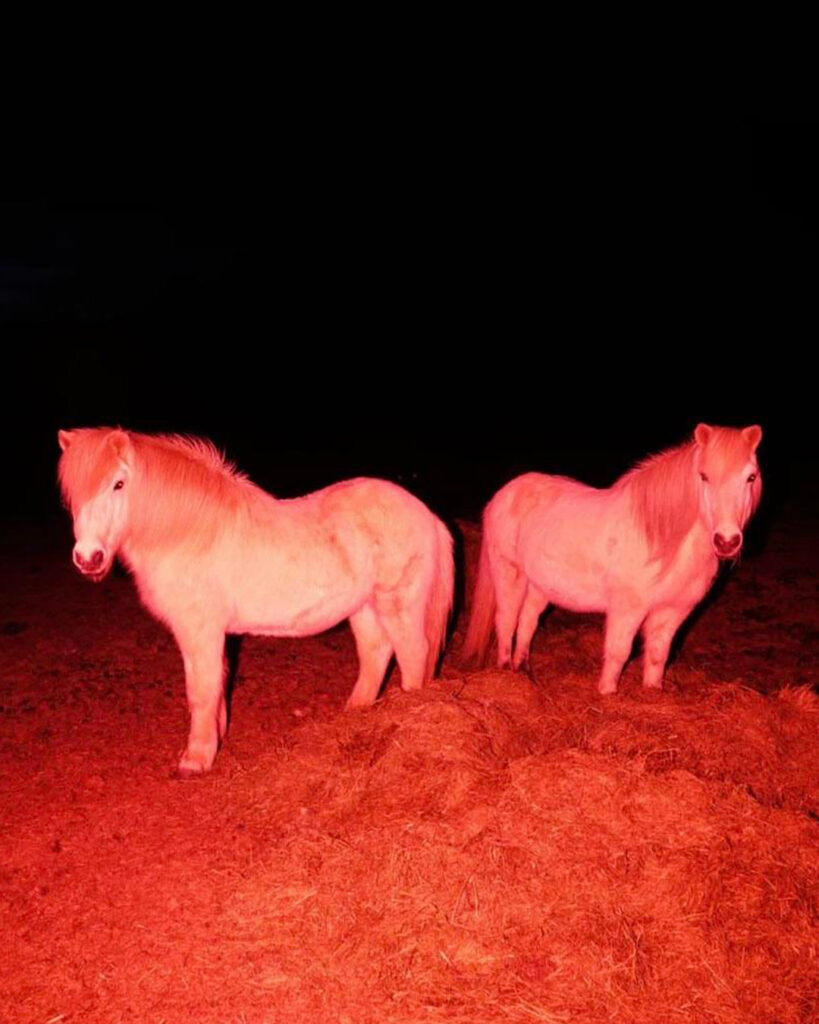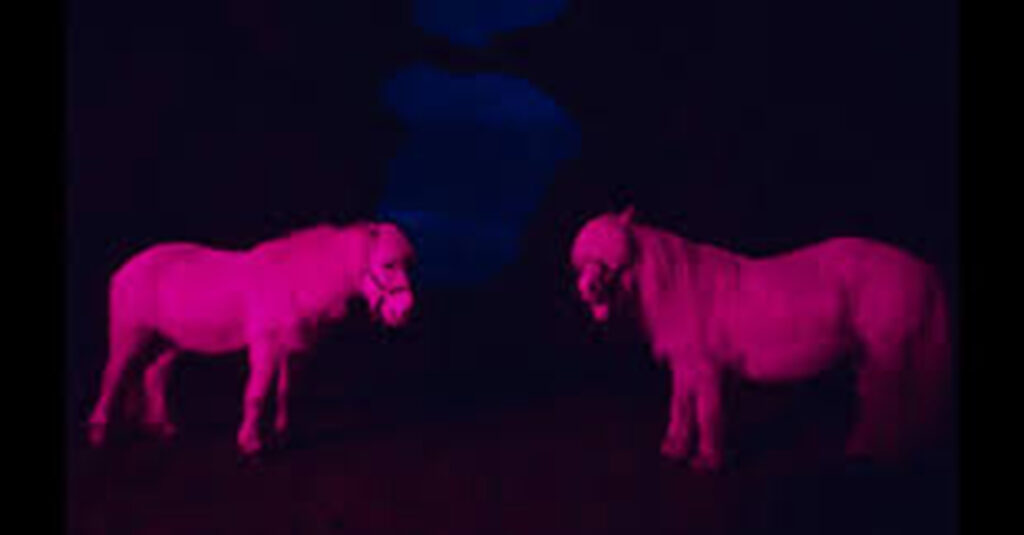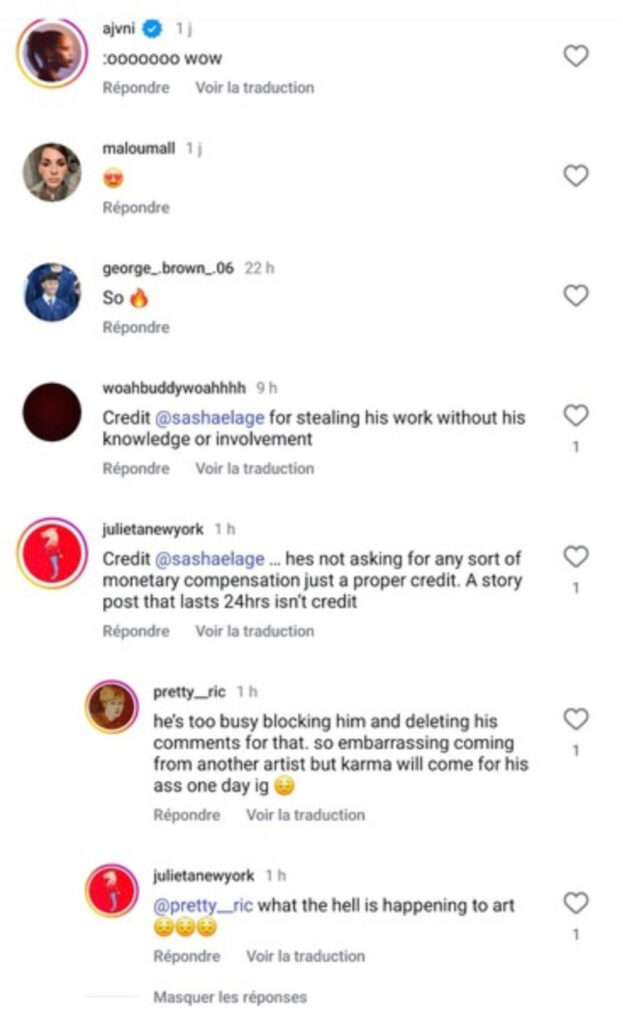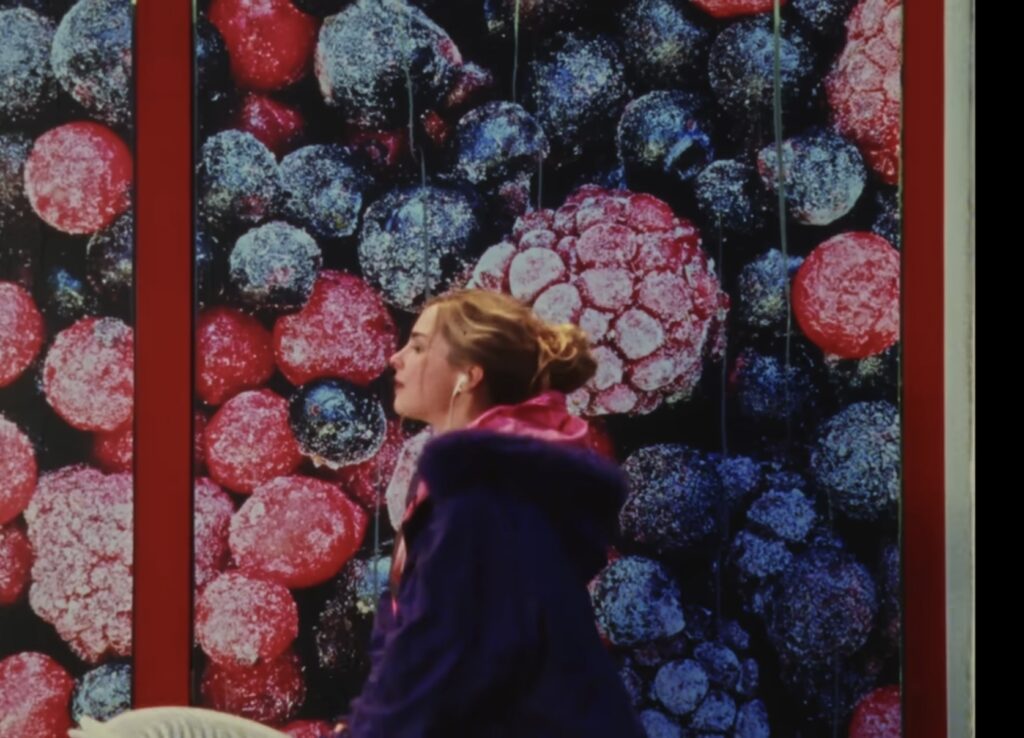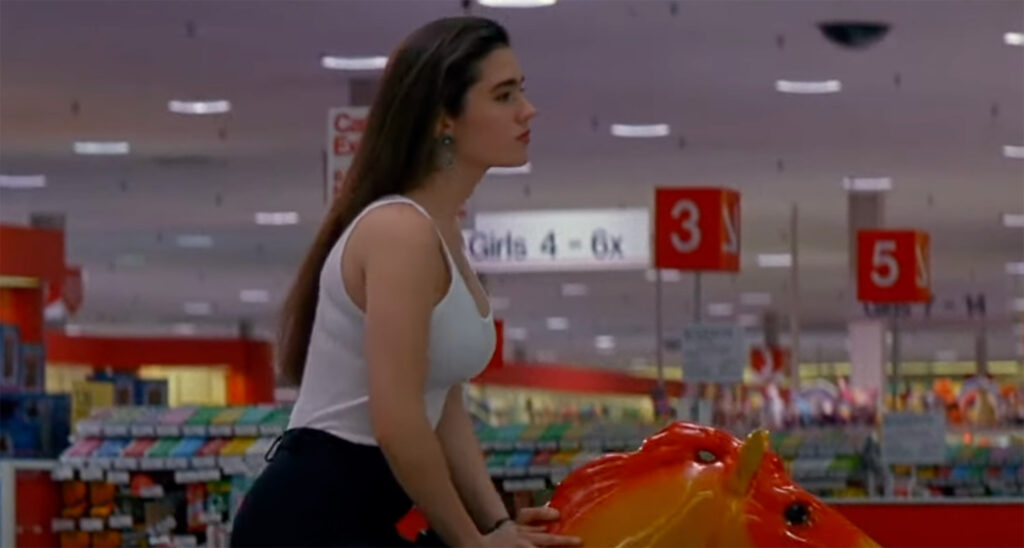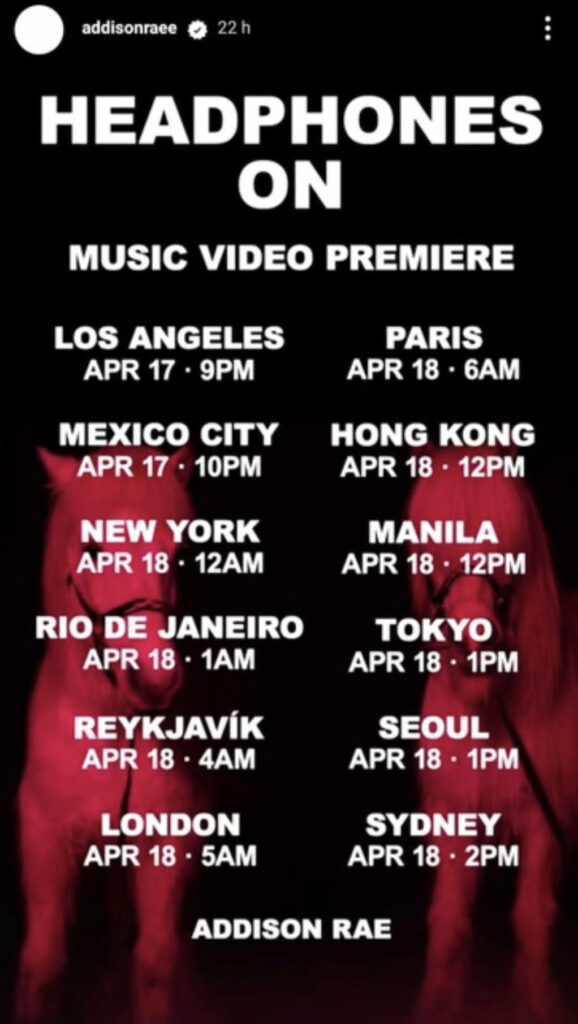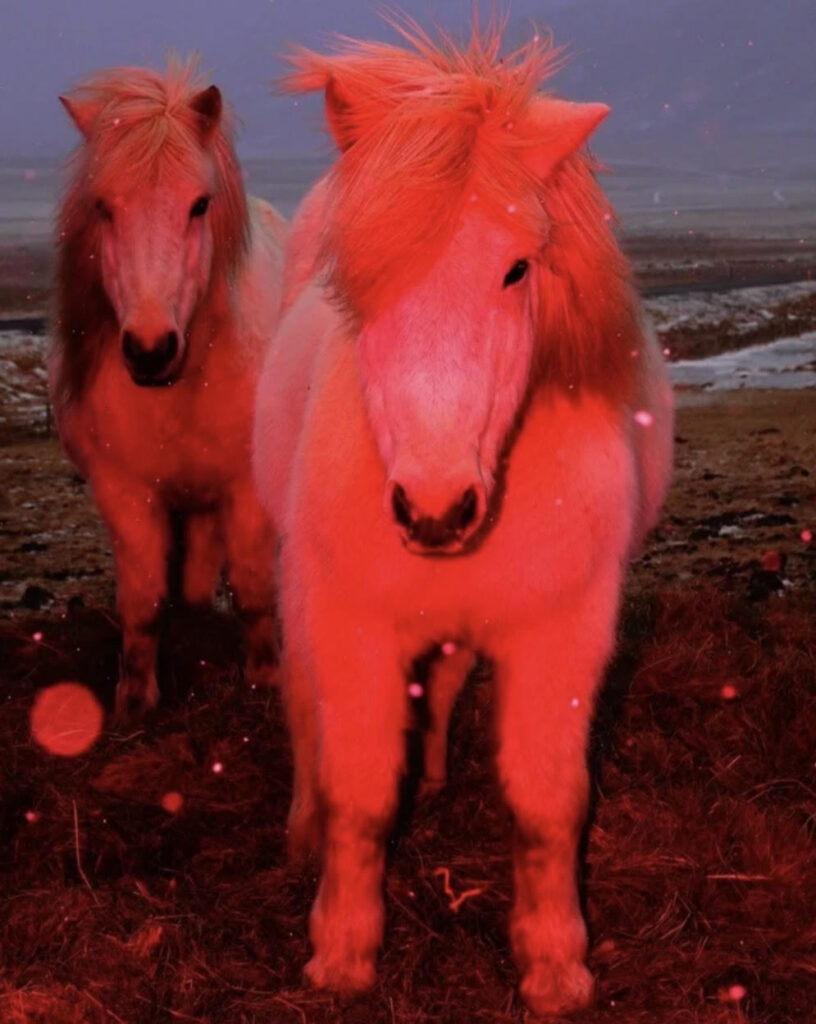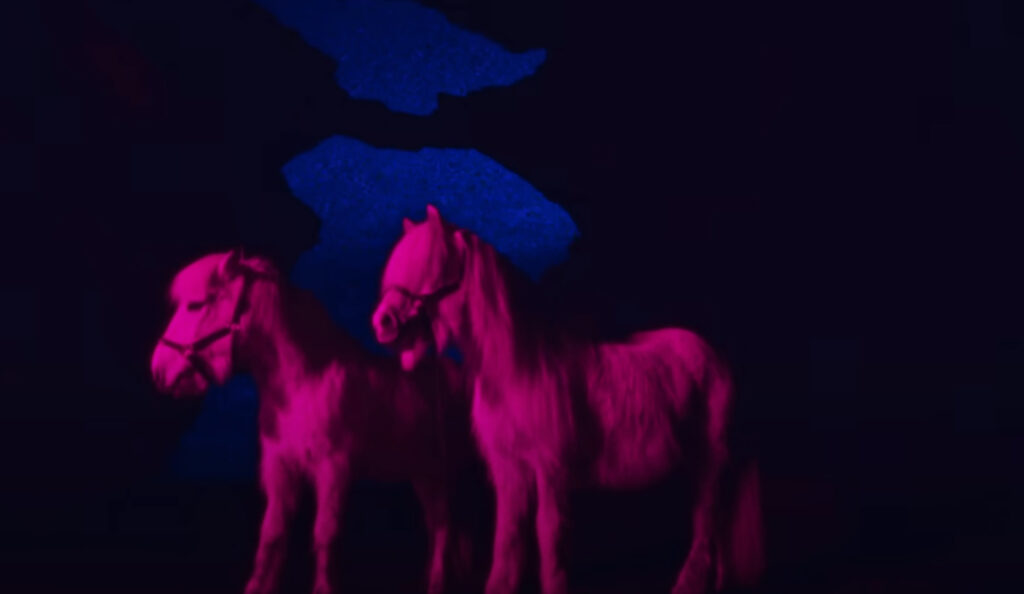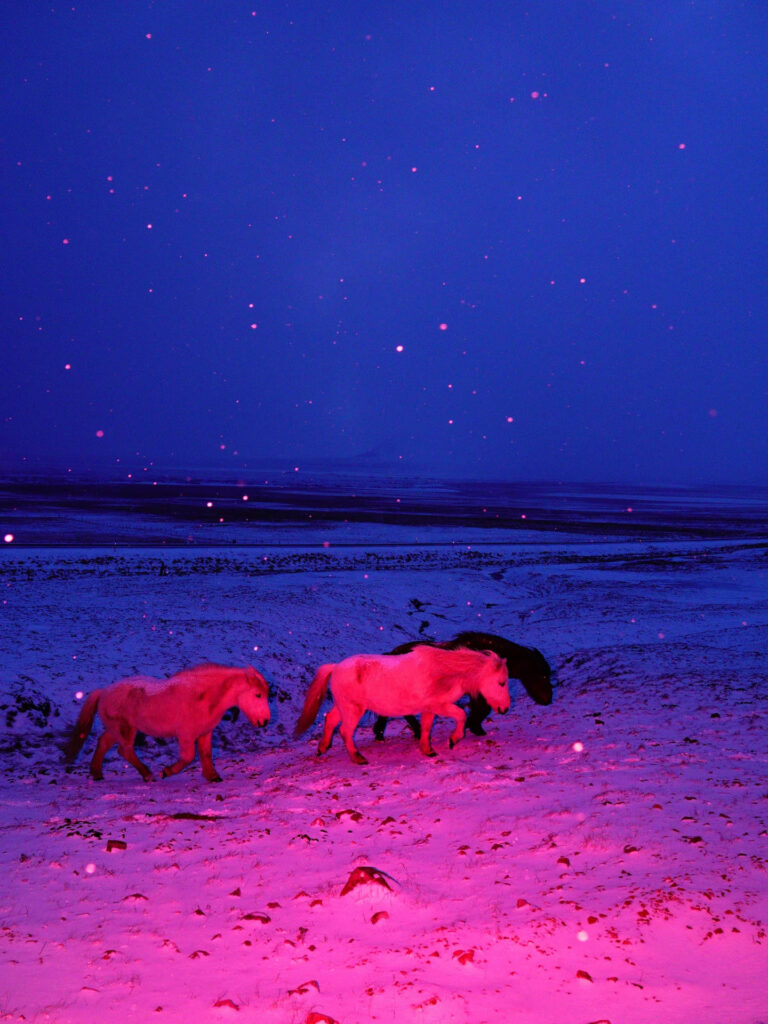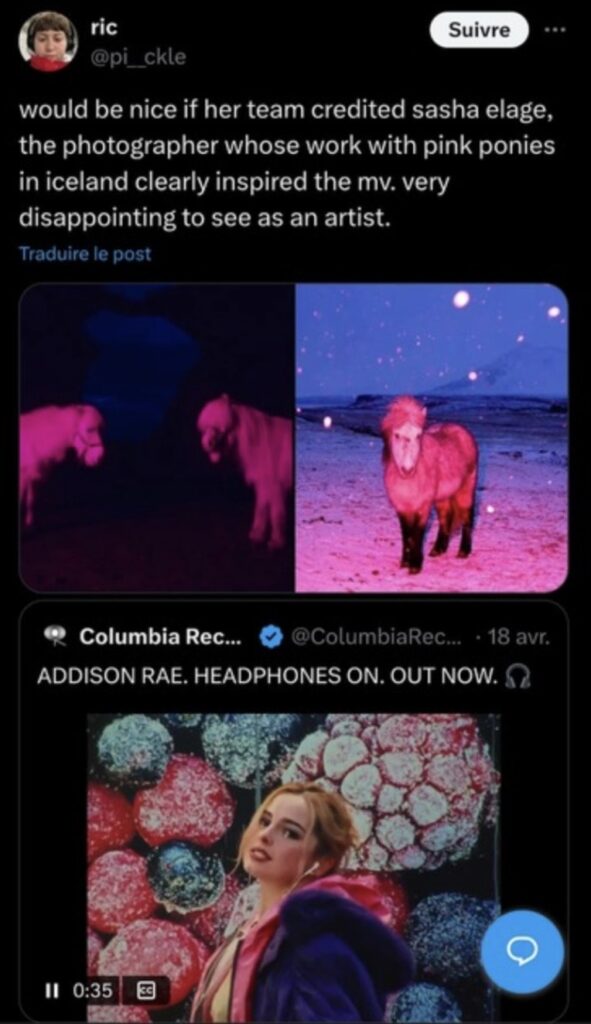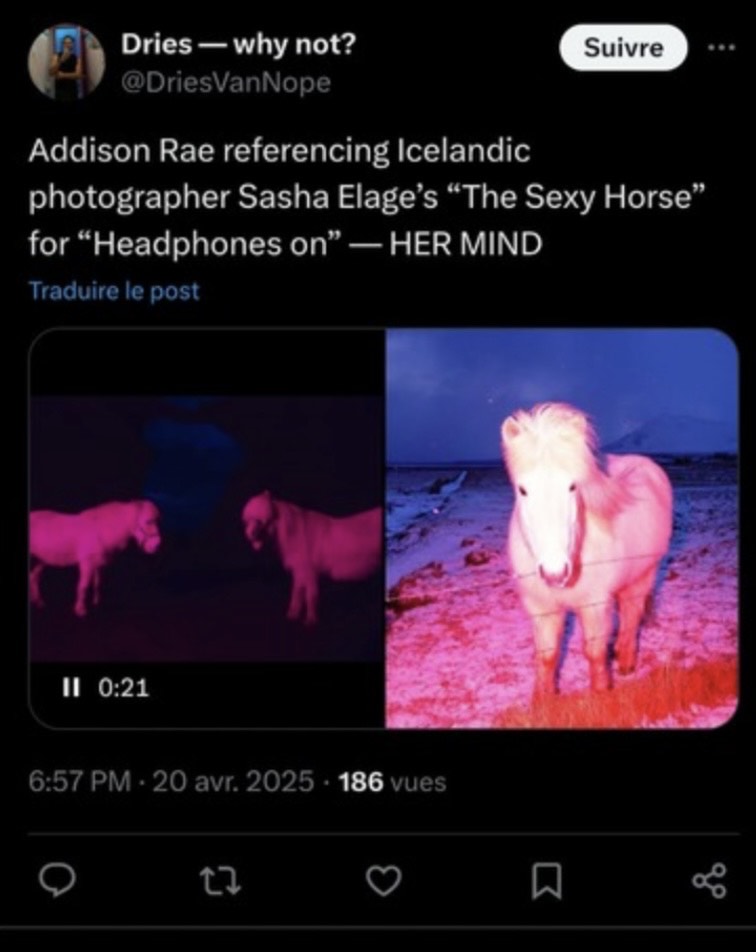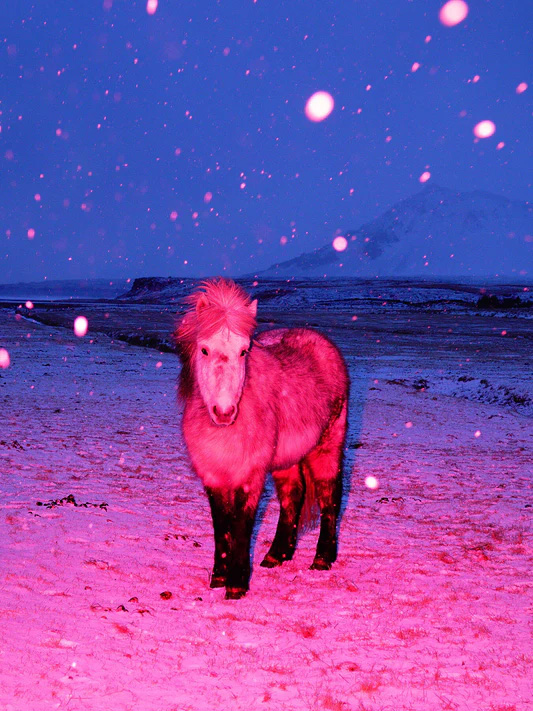The Nova Collection: Walking in YOUR Steps
Steph Dixon, a designer from South London, transformed her personal struggle with uncomfortable heels into a bespoke footwear brand tailored for women. Her boots are the perfect blend of comfort and style—crafted from supple leather that wraps elegantly from the foot to just below the knee, accentuating the shape and length of the legs. The ends of these 3-inch hidden heels are seethrough, and create the illusion of effortlessly grazing the ground. Catered for different foot and calf sizes, these pieces are as versatile as your social calendar—just as perfect for a party as they are for the office.
Passionate about raising awareness of fast fashion’s environmental impact, Steph will launch her podcast, Slowly Stitched, this year. Her customers receive tailored pairs crafted from sustainable materials, with the quality and care that comes with choosing a niche, eco-conscious brand. She dedicated months to finding the perfect manufacturer to support her made-to-order, slow-production model.
Her grandmother, a member of the Windrush generation, was always a source of inspiration. Stylish, confident, and strong, the Nova Collection honours her legacy.
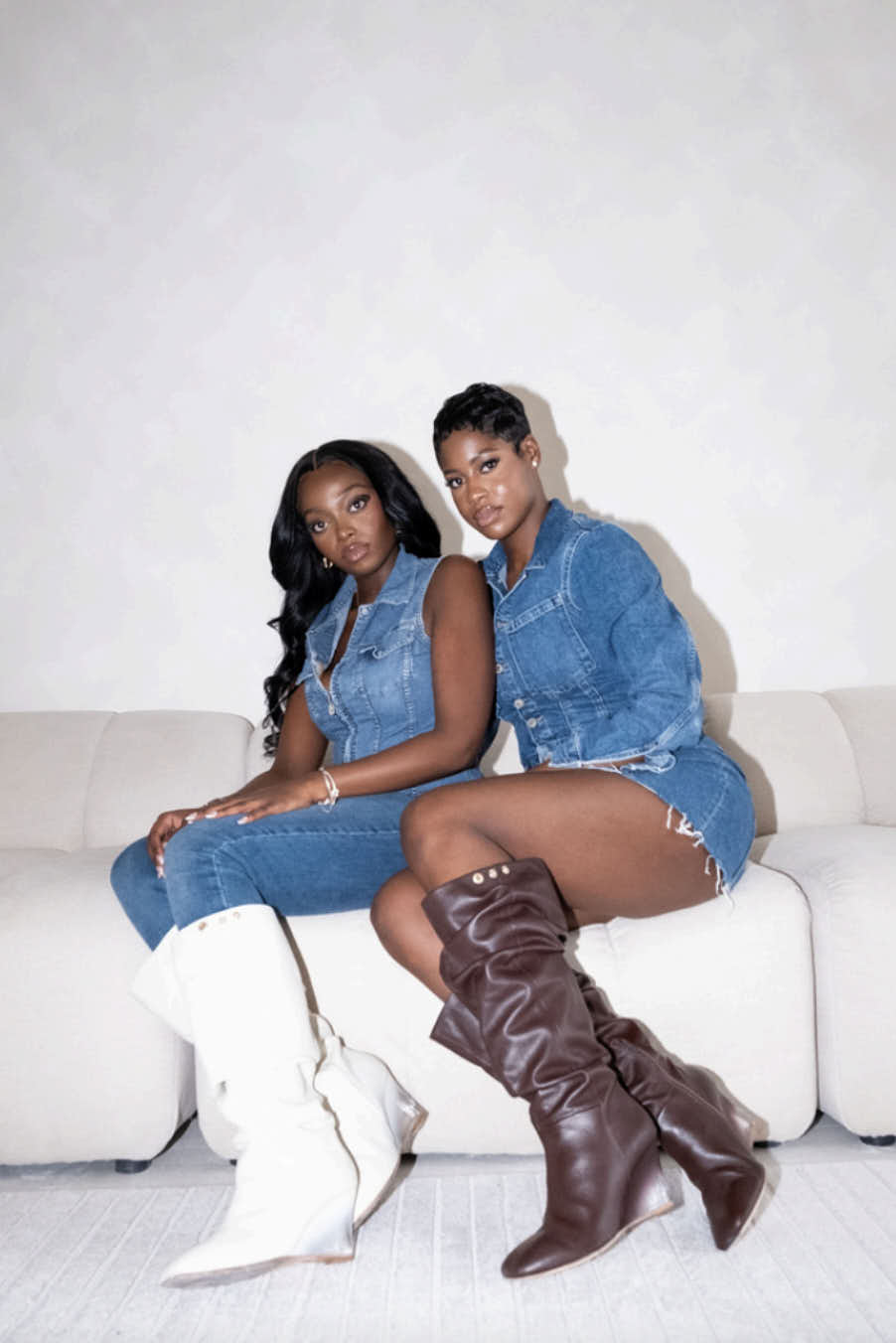
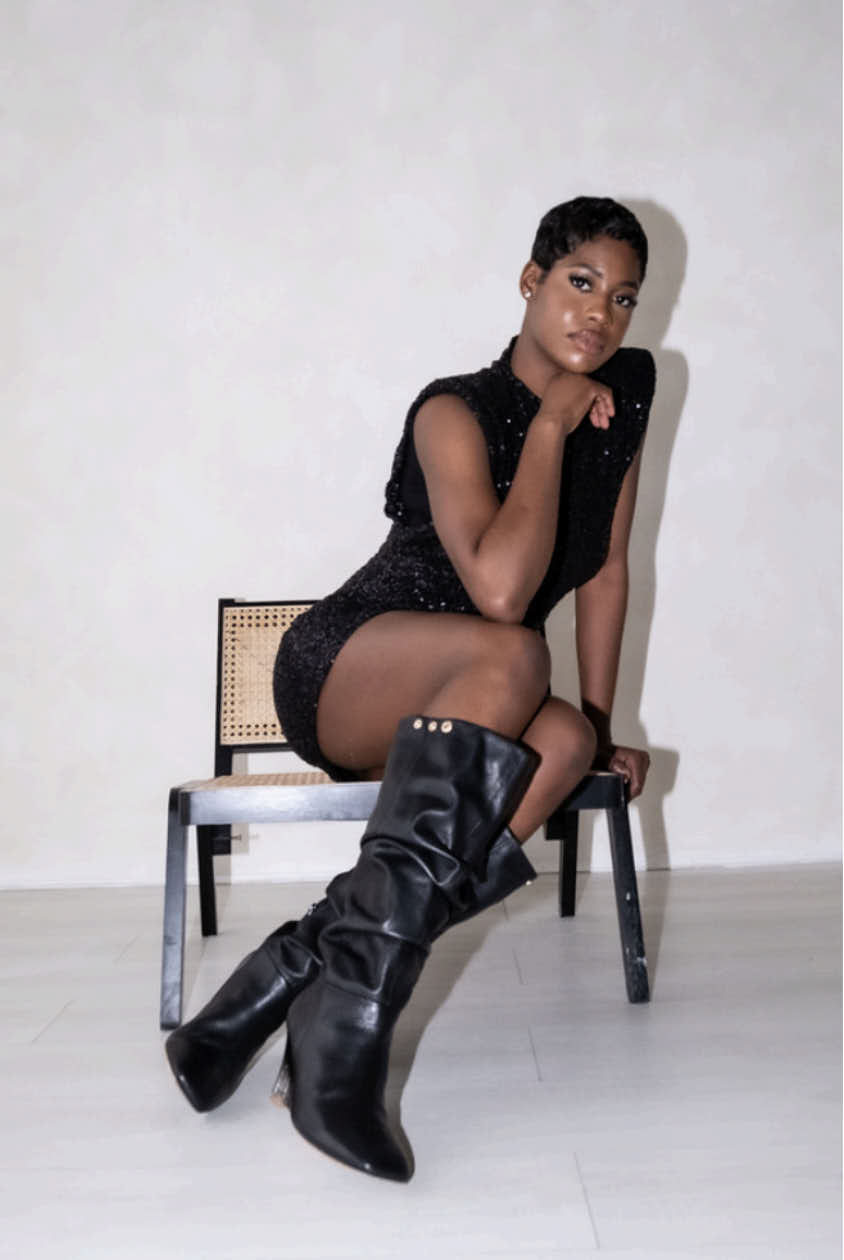
The Cold Magazine (CM): Having a brand isn’t easy, what convinced you to create and sell women’s shoes?
Steph Dixon (SD): I have been dreaming of owning a brand since a very young age. At 8 years old, I would doodle so much that my mother kept on buying me sketchbooks. I wanted to wait to make a brand to offer something new to the world, something that would influence people to challenge the status quo.
CM: What about your hometown inspired you to create The Nova Collection?
SD: I am from South London, so I grew up with this city’s vibrant multiculturalism and diversity which always intrigued me. Londoners push boundaries by being daring in their fashion styles, especially during London Fashion Week. You see so much edginess, from goth to maximalist. If I had to position my brand in London, it would probably be in Brixton. It is the Caribbean Jamaican bubble of London, which aligns with my identity and my nan who influenced this collection.
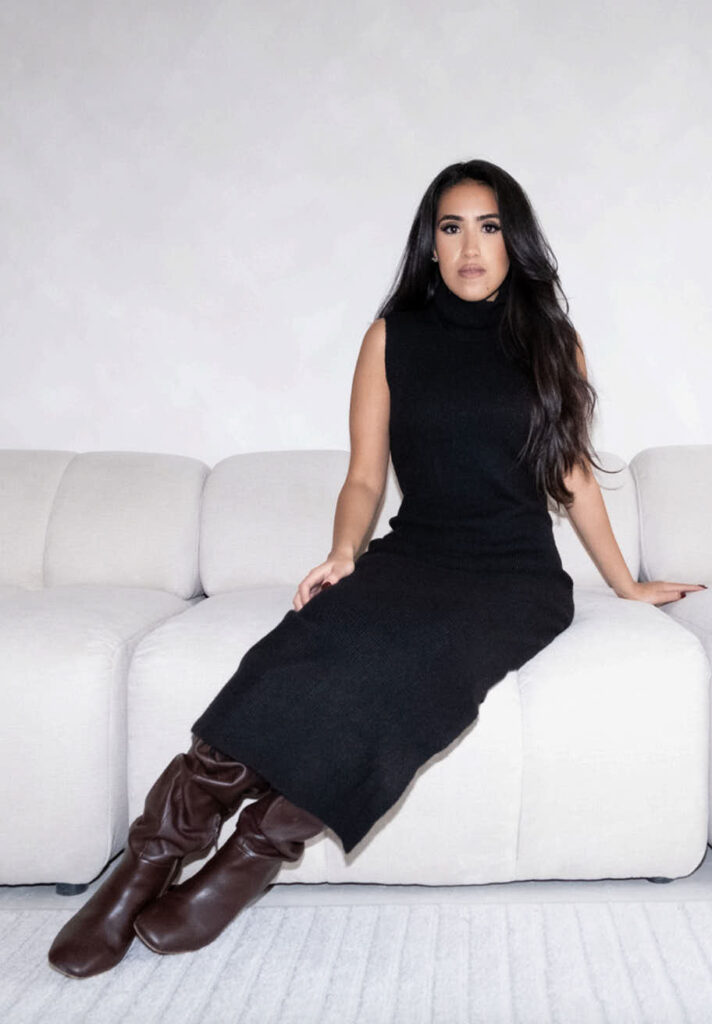
CM: Through your creations, you show your unique style. How do you inspire others to find their own?
SD: This year, I am starting a fashion podcast on slow fashion and sustainability called Slowly Stitched. I want to inspire people by raising awareness about the damages of fast fashion on the climate. I started paying more attention to my style when I learned about it at university. During a wardrobe clear-out, it hit me when I saw many tags on my clothes. I realised I wasn’t wearing a lot of what I was buying. By becoming climate aware, I decided that I didn’t want to be part of the problem. People wear one outfit for an occasion or two and then don’t wear it again. I want to know what impact I have on the world. It takes a lot of confidence and willpower to not get caught up in trends.
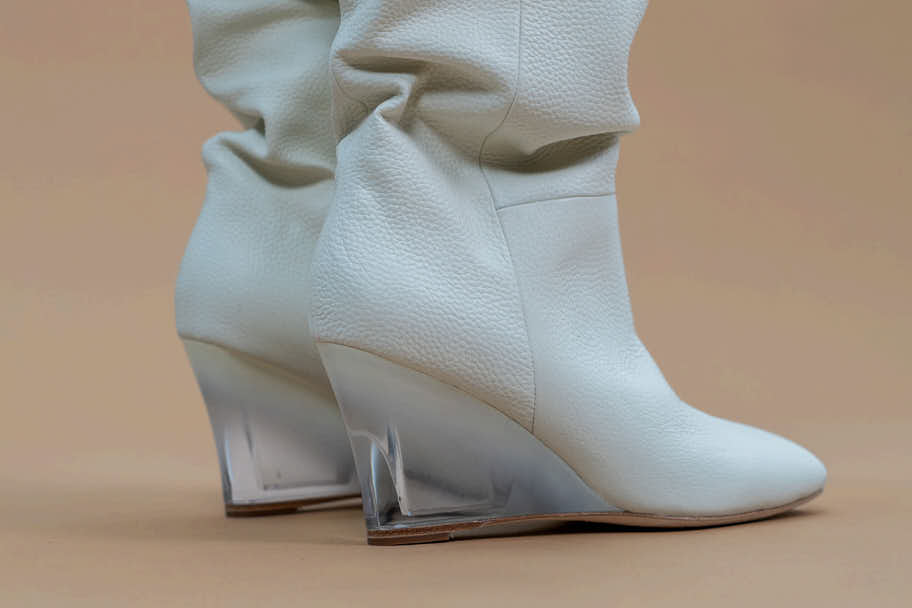
CM: One of the strong assets of your boots is their perfect fitting. What made you want to tailor them to your clients’ feet?
SD: This has been an idea have had since I was 17 years old when first experimenting with my style. At the time, my friend threw a party with a dress code. It was a chance for us to wear grownup clothing, so I ordered my first pair of heels from Missguided. When they arrived, I couldn’t put them on because my feet were too wide, which made me very upset.
I kept on facing this issue, which affected my self-esteem. I started looking into it and realised that many people had the same problem. Girls with too narrow or too wide feet couldn’t find heels that fit them, so I founded a brand for customised footwear.
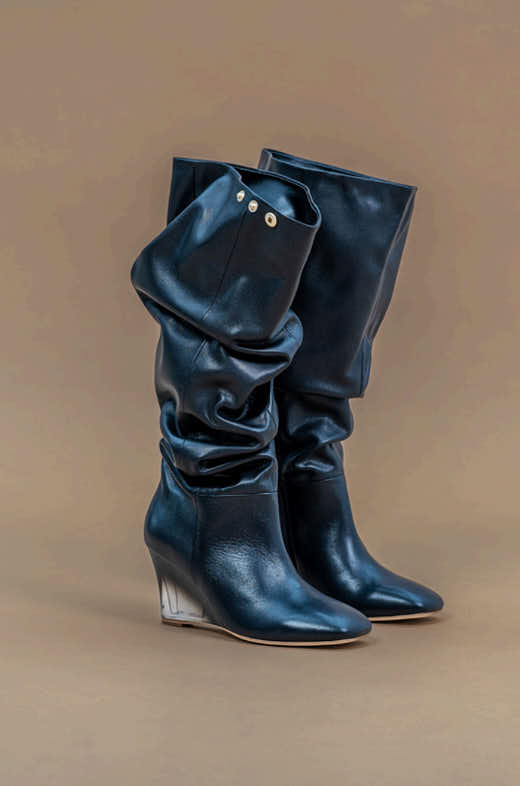
I wanted to create a brand centred on shoes, so I interviewed a podiatrist, who taught me about foot stability and balance. Issues with footwear can directly impact the coordination of the entire body, resulting in long-term health issues. So, my shoes have extra padding for comfort, adjustable calves size and are tailored to fit perfectly around the foot. Most European manufacturers don’t produce for narrow or wide feet, so I had to go abroad. My manufacturer is a small Hong Kong sustainable company. They allowed me to contract with them without a minimum production, which helped me a lot. Asian labour laws can be unethical but if you ask questions and do the research you can find very good alternatives.
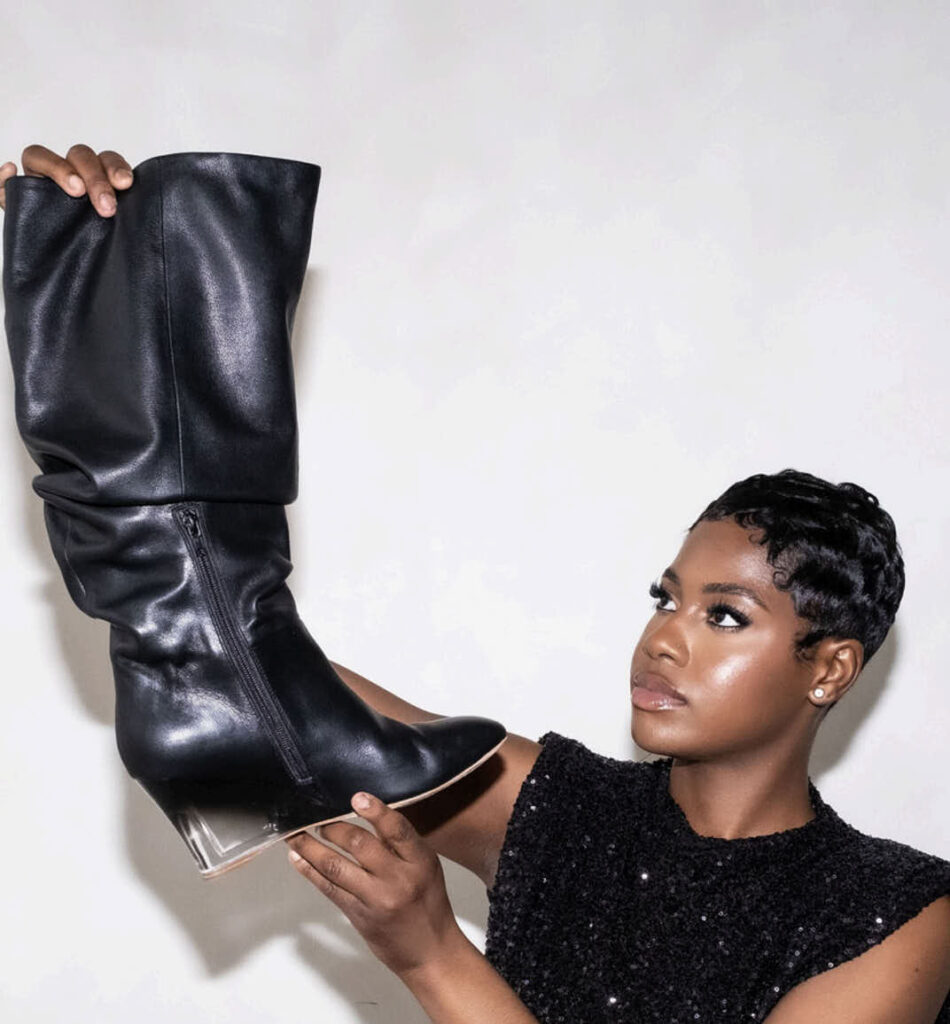
CM: Your boots are made of genuine leather. What made you pick this material?
SD: There have been trends bashing polyester and synthetic fibres, so I decided to pick this material to fit with customers’ preferences. After much research, I realised that there is no real difference between natural and synthetic, both have pros and cons. Usually, people think that vegan leather is the best choice but there are harmful processes within it such as chemicals and heavy water use. Genuine leather is biodegradable, has been used forever, and lasts a long time. Also, my manufacturers have a bioproduction that aligns with the brand’s values. Today, there are new fabrics that I am very interested in using for my next designs. In Dana Thomas’ book, The Price of Fast Fashion and The Future of Clothes, Italian students found a way to use orange skin to create a fabric, which big retailers have invested in since waste remains the biggest problem in fast fashion.
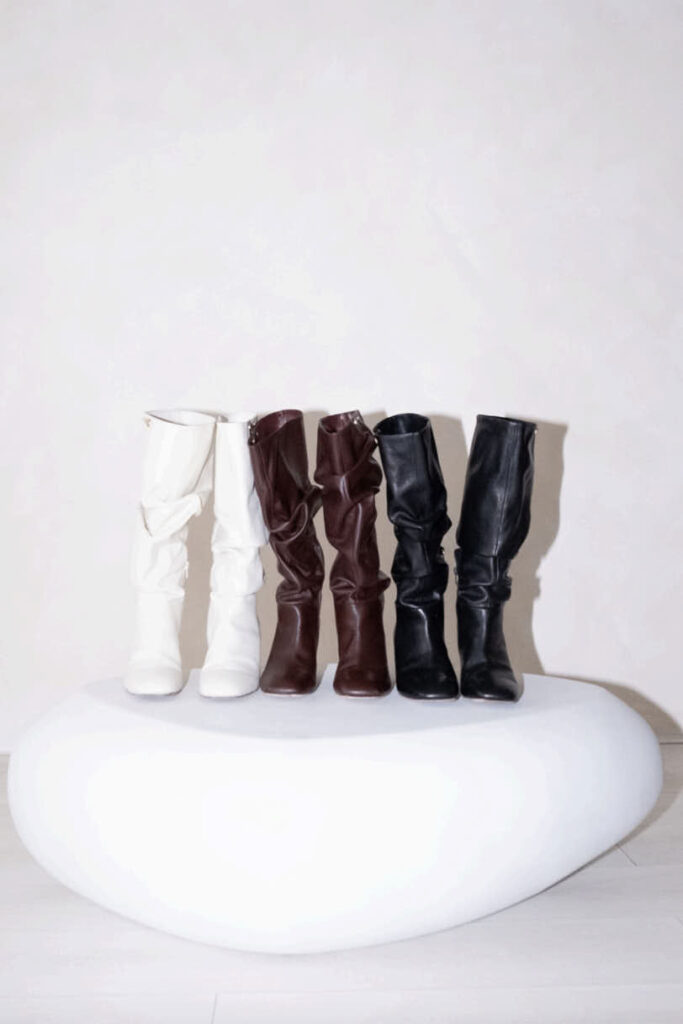
CM: Your boots are made on demand to reduce excessive production. How can small brands follow your steps?
SD: It is easier to start on a pre-order basis to spend as little as possible. In general, it is expensive to manufacture and hold stock, so reducing overproduction would save you a lot of money. In my case, I want my clients to be conscious of their decisions and make a made-to-last investment when buying my boots. I want to reduce that purchasing boost we feel and alternate to a slow-down purchasing and shipping process. My brand is niche since I focus on tailoring, but I think other small brands can do the same. It’s important to save in the first stages of a brand and not be overconfident and start manufacturing without the certainty that it will sell. Other brands took on this method and have boomed such as Odd Muse.
CM: The description of your shoes explains how to care for them best. What made you add this information?
SD: I want to make people care for their clothes, most people don’t know these things unless they do research or study fashion. There is a process after the purchase which is very important to preserve the material and the shape of the shoes. These things should be paid more attention to which is why I will post more on it on the blog section of my website. I want to educate people on the process behind the production, the materials, and how to look after them.
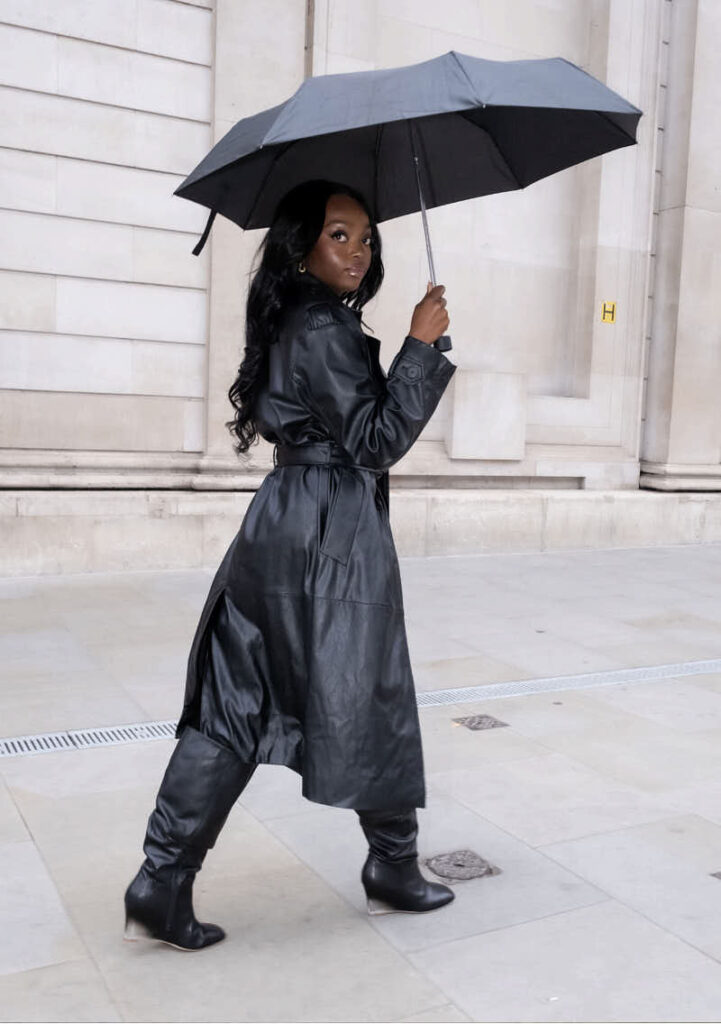
CM: Your advertisement is inclusive and features people of colour. Does this speak to the brand as a whole?
SD: I wanted my friends to be part of the advertisement because I didn’t want the boots to be the entire focus. I gave them each a pair to style them freely. They all have their looks and a sense of style, so I knew the boots would look different on each. I want my brand to appeal to people from diverse cultures with different preferences in colours and shapes. I want my shoes to appear in Indian weddings, as well as Chinese New Year dinners, and I know I will stand out from other brands if I marketize to ethnic events and release collections at specific times during their celebrations.
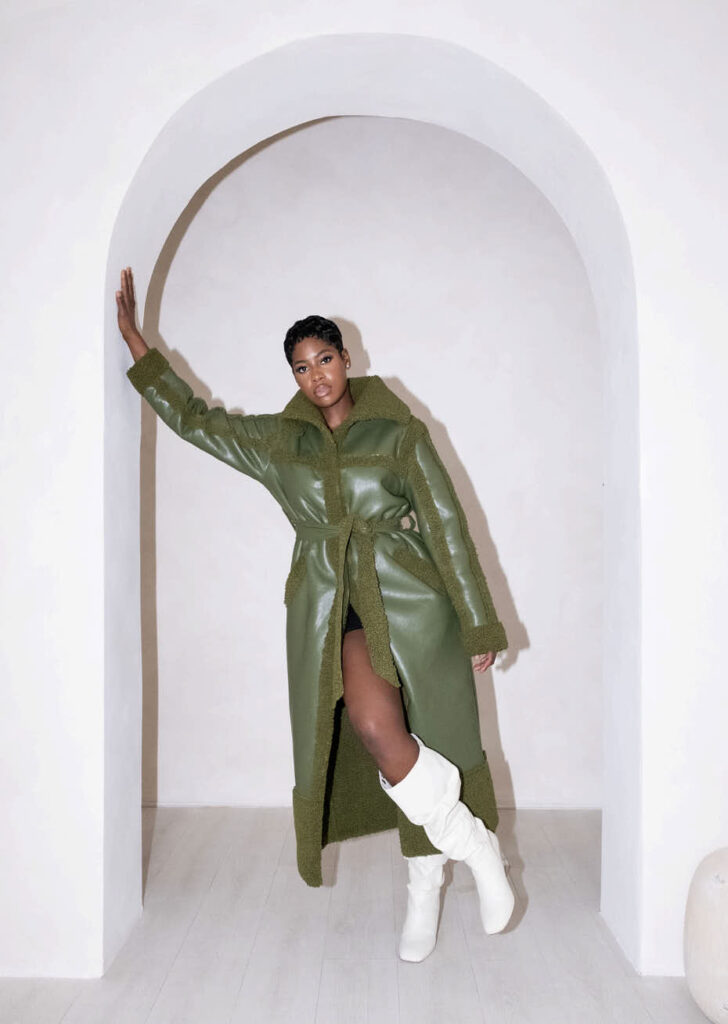
CM: When worn, your shoes transmit confidence, power, and femininity. What do these characteristics mean to you?
SD: My nan was my main inspiration for this collection, which is why it is named after her. She used to always wear heels, especially while working at hospitals as a phlebotomist. My nan used to dress so confidently. She arrived in the UK in the 50s, when racism was very present. I think she saw clothes as a shield from people’s discrimination. Her appearance was one of the things she could control, so she always looked stylish and put together.
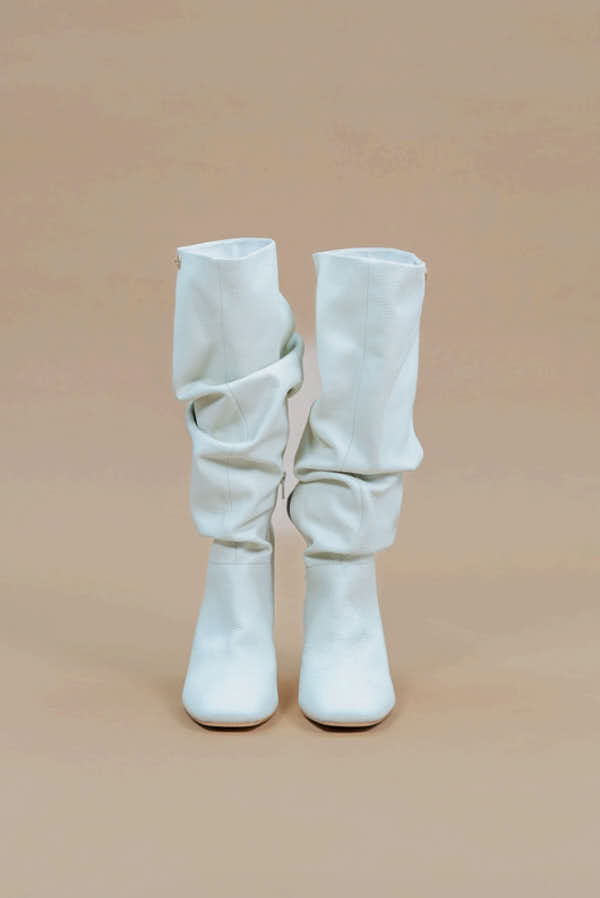
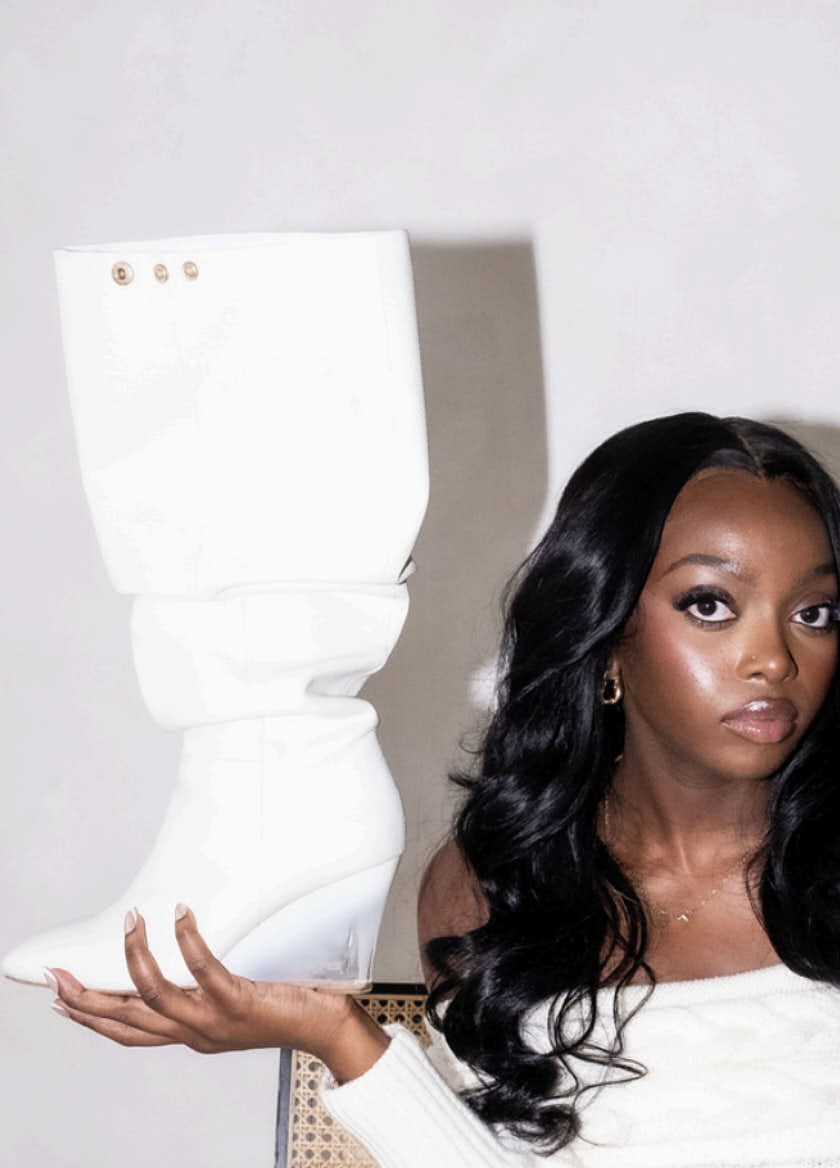
To this day, I still wear her clothes. She embodied silent confidence with chic, which I reflect in the boots’ heels. Her upbringing clashed with British individualism, making her long for Jamaica, but she made the sacrifice of staying in the UK for her family. She gave me my first sewing machine and always believed in my dream. I would recommend buying good shoes and looking after them because they hold power, they make you feel fearless and feminine.
We can’t be thinking about not falling from our heels while going through hardships. The first time I tried my boots; I was so happy to feel so comfortable and sexy.
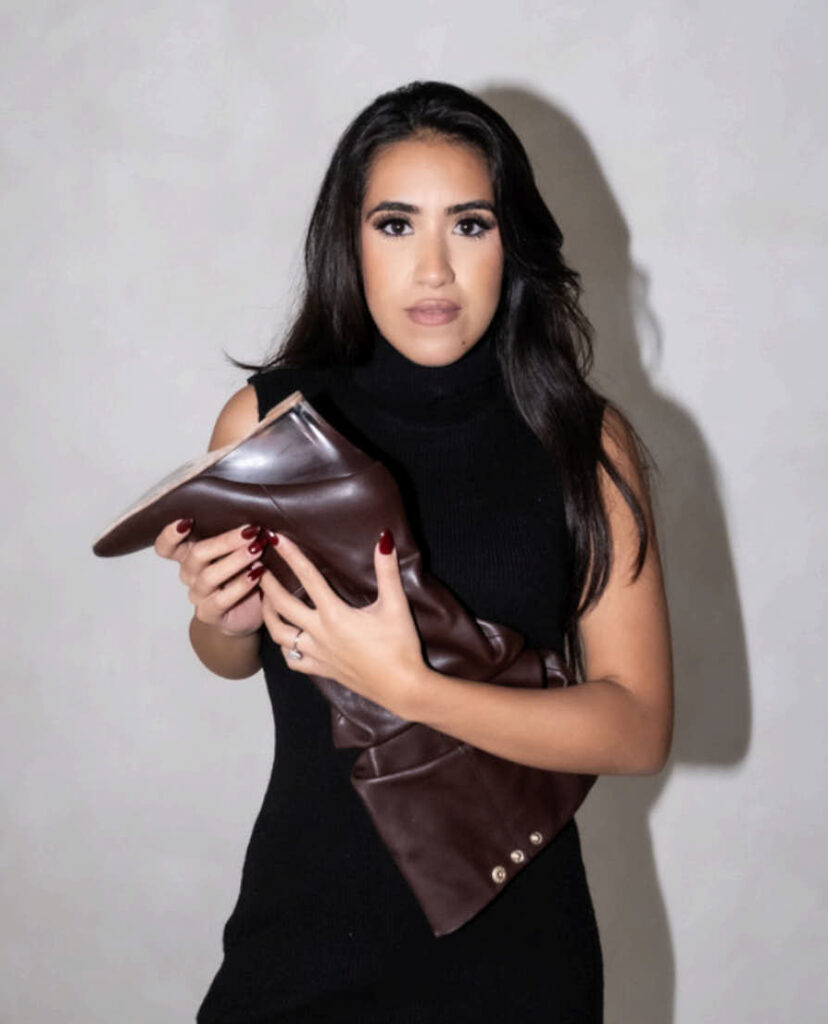
Words by Francesca Nicolodi
Designer: Steph Dixon
Edited by Lily-Rose Morris-Zumin


